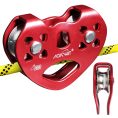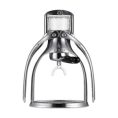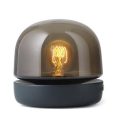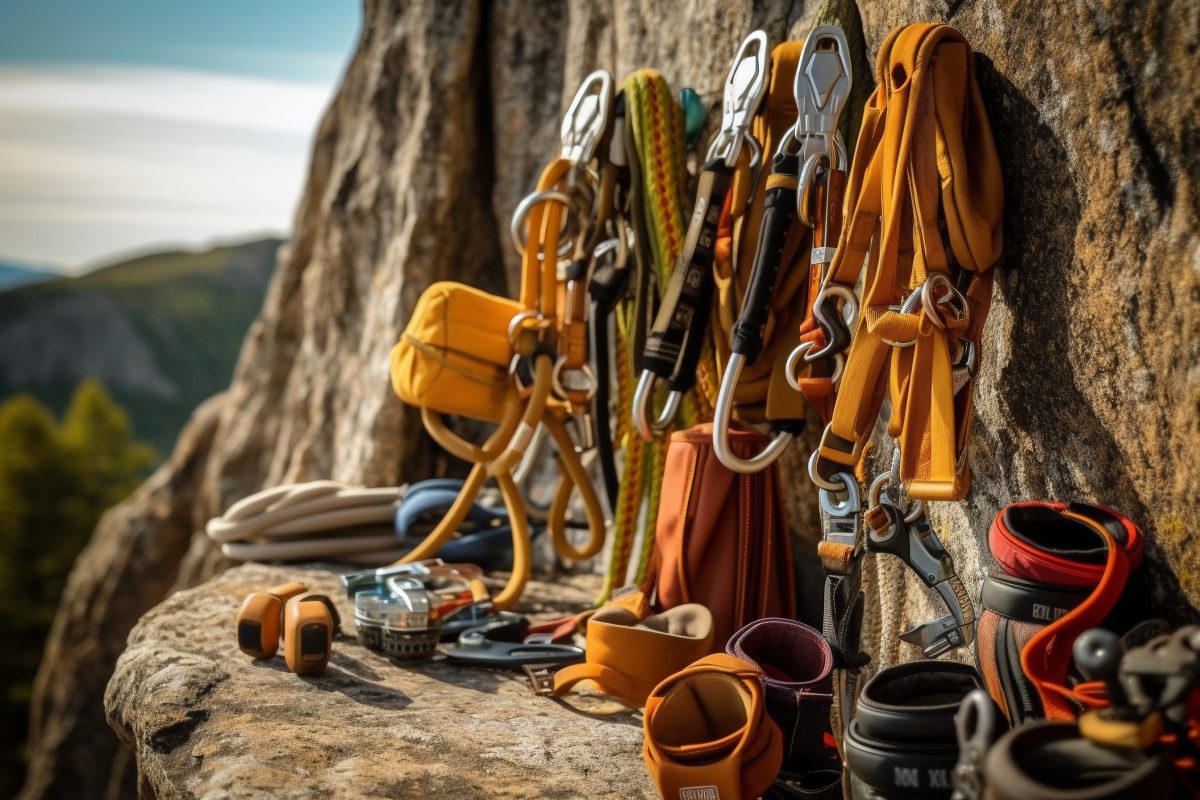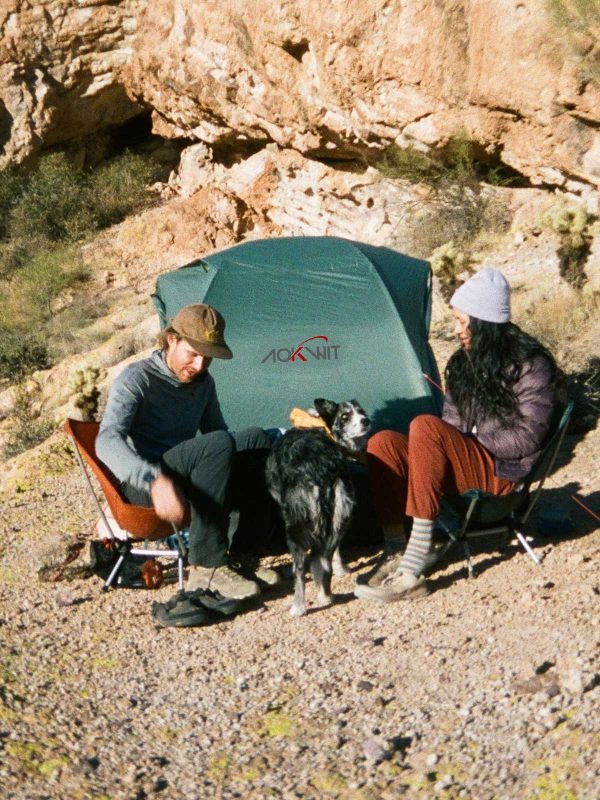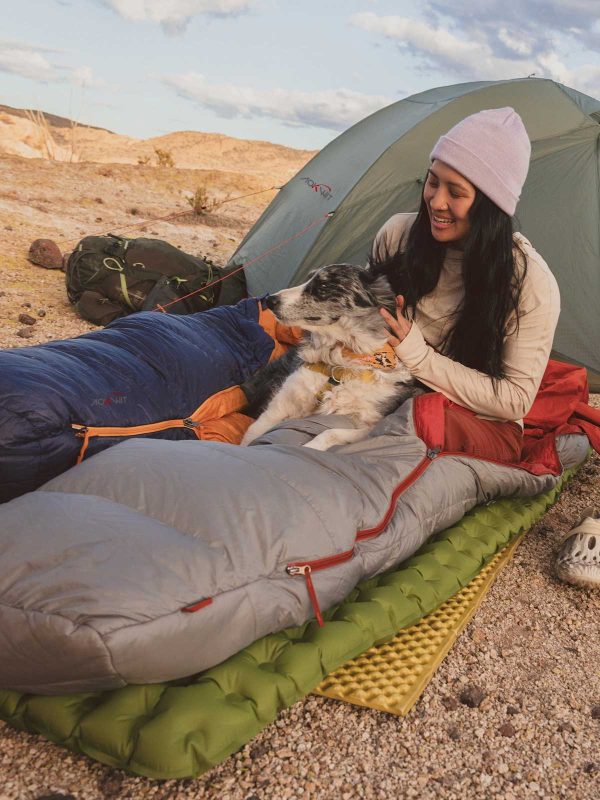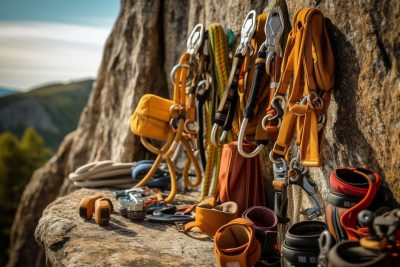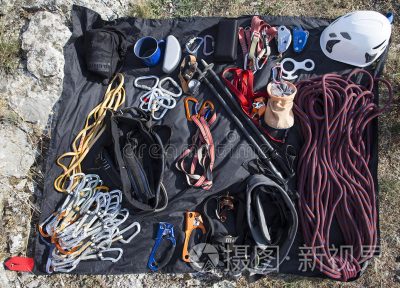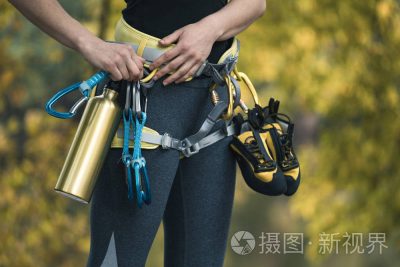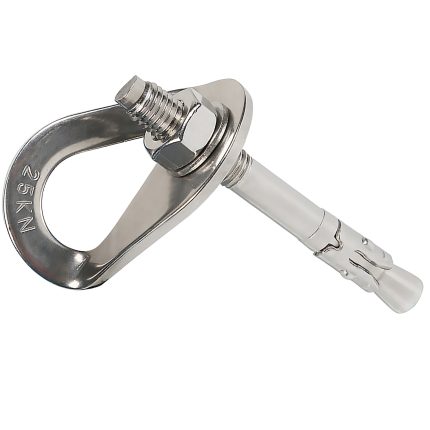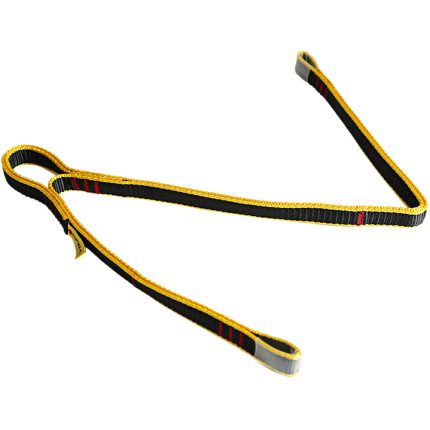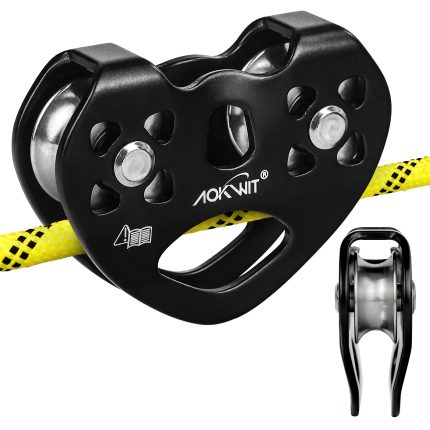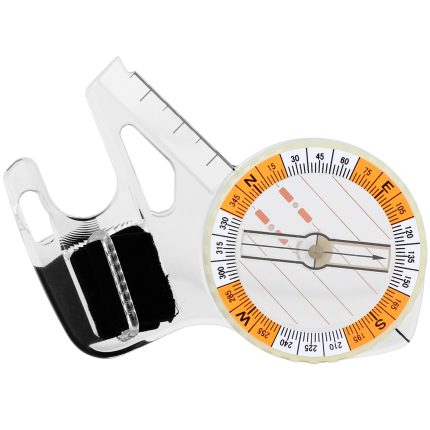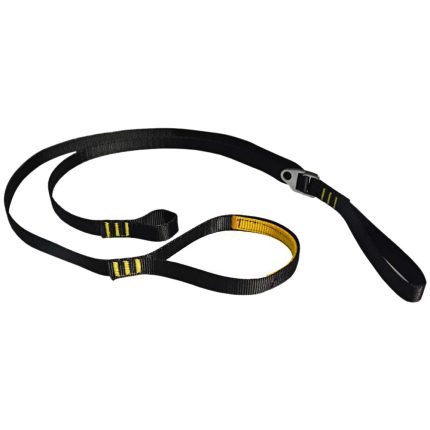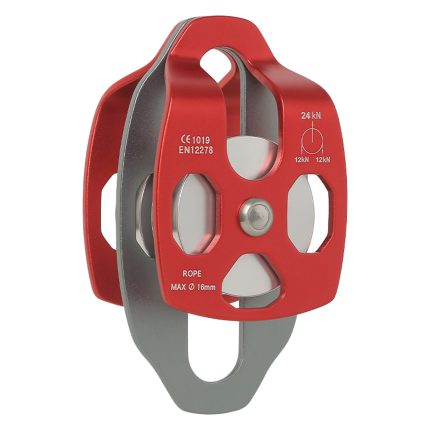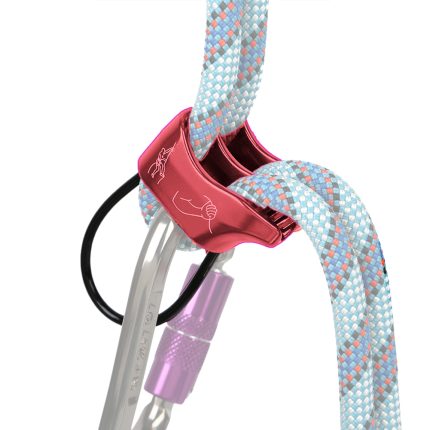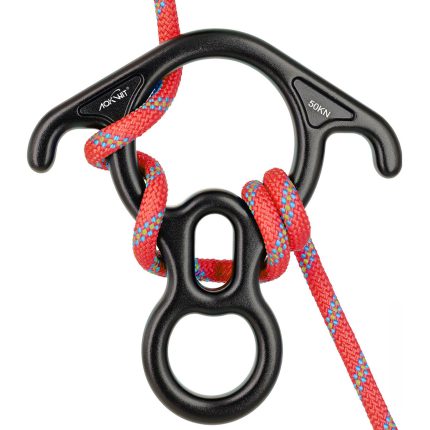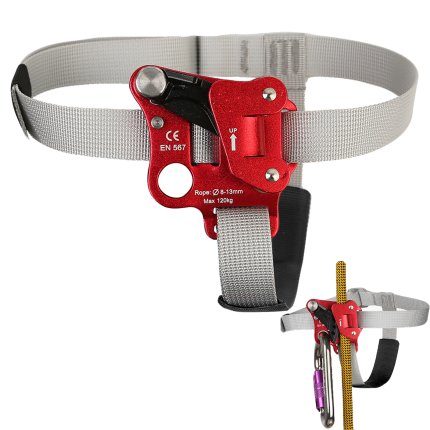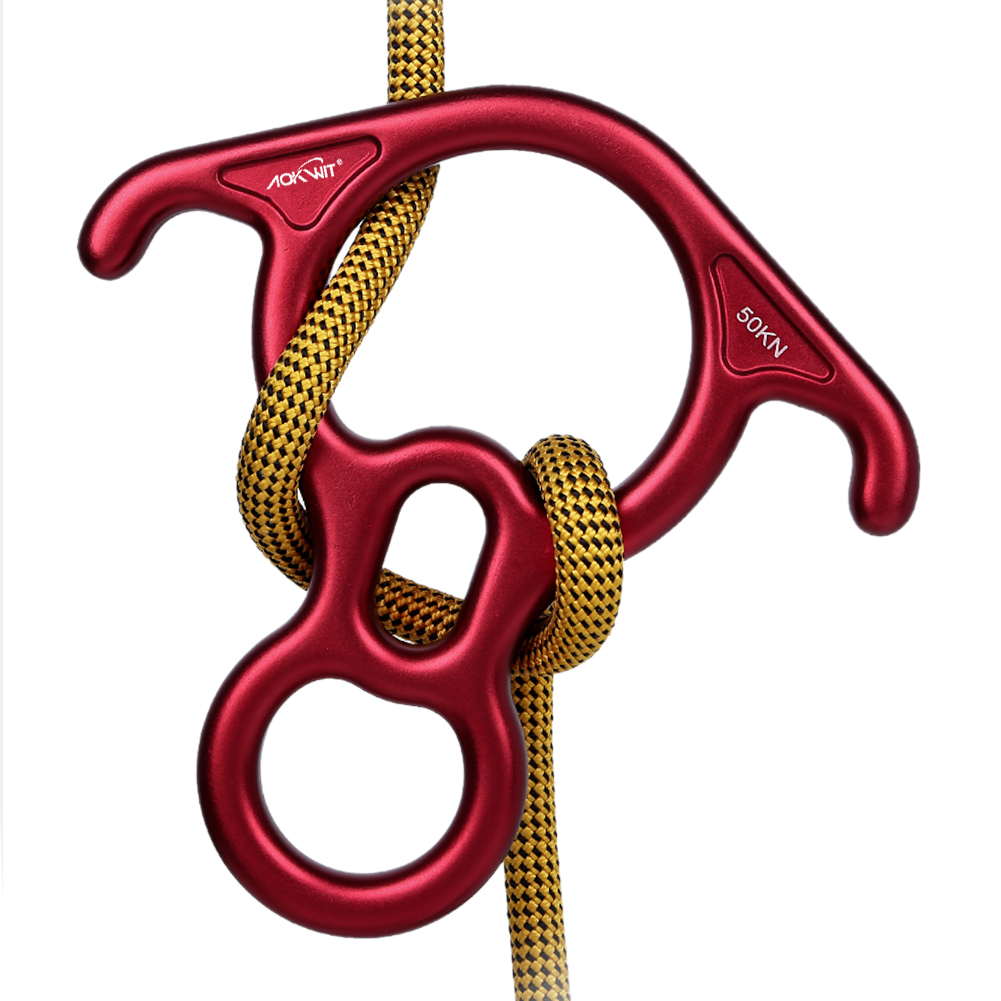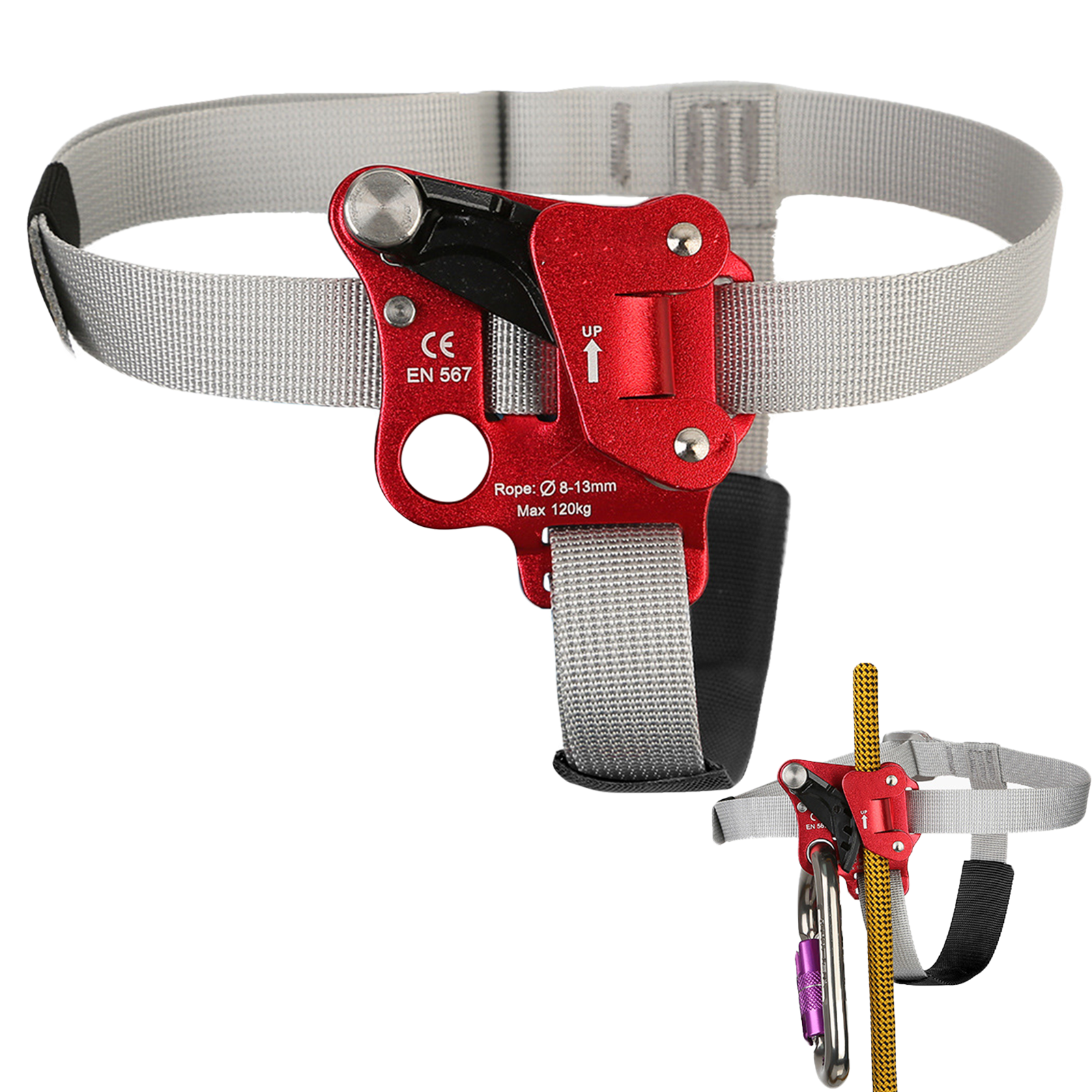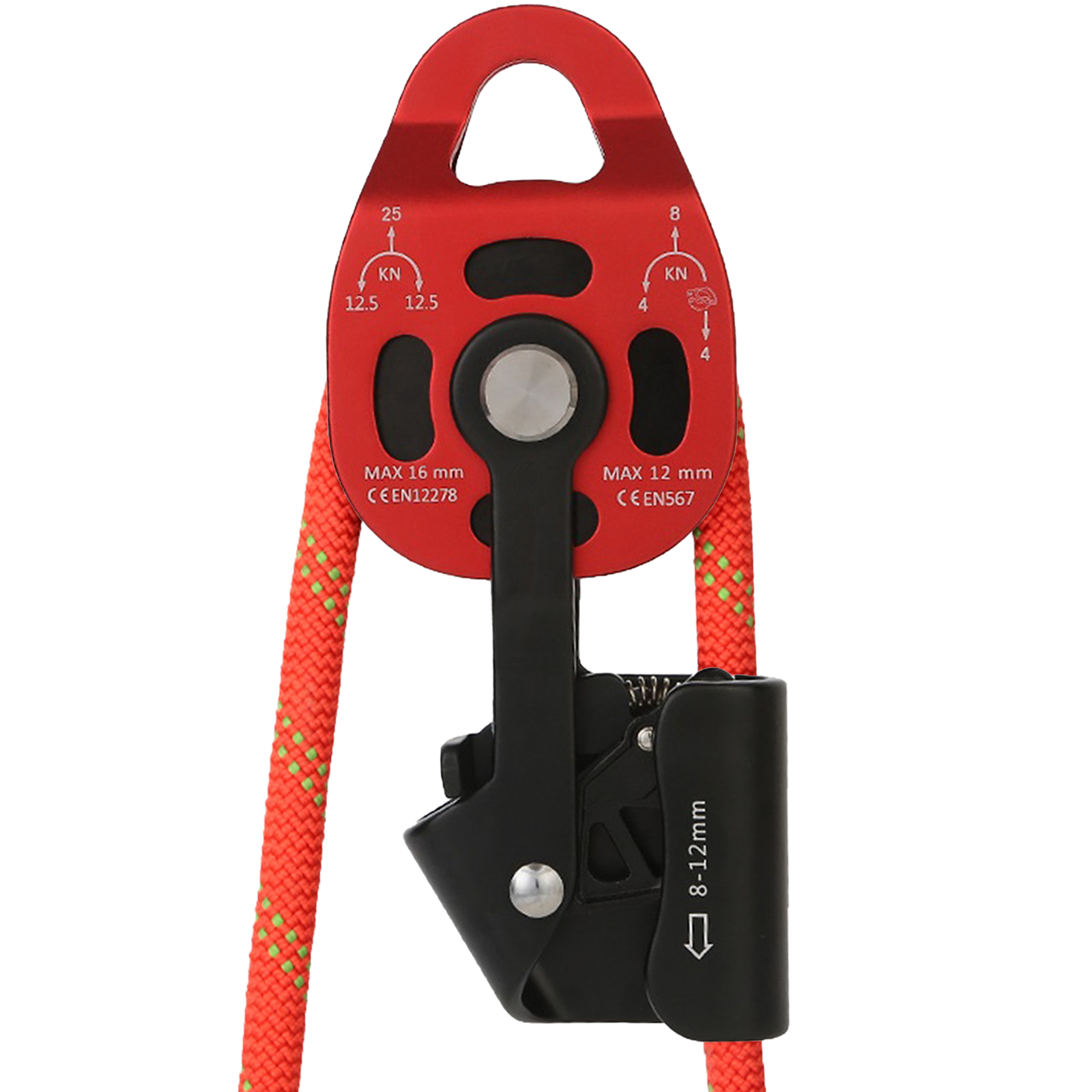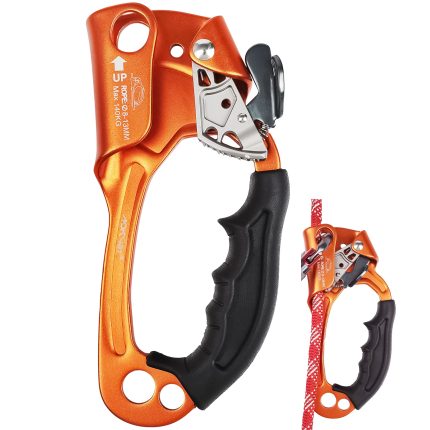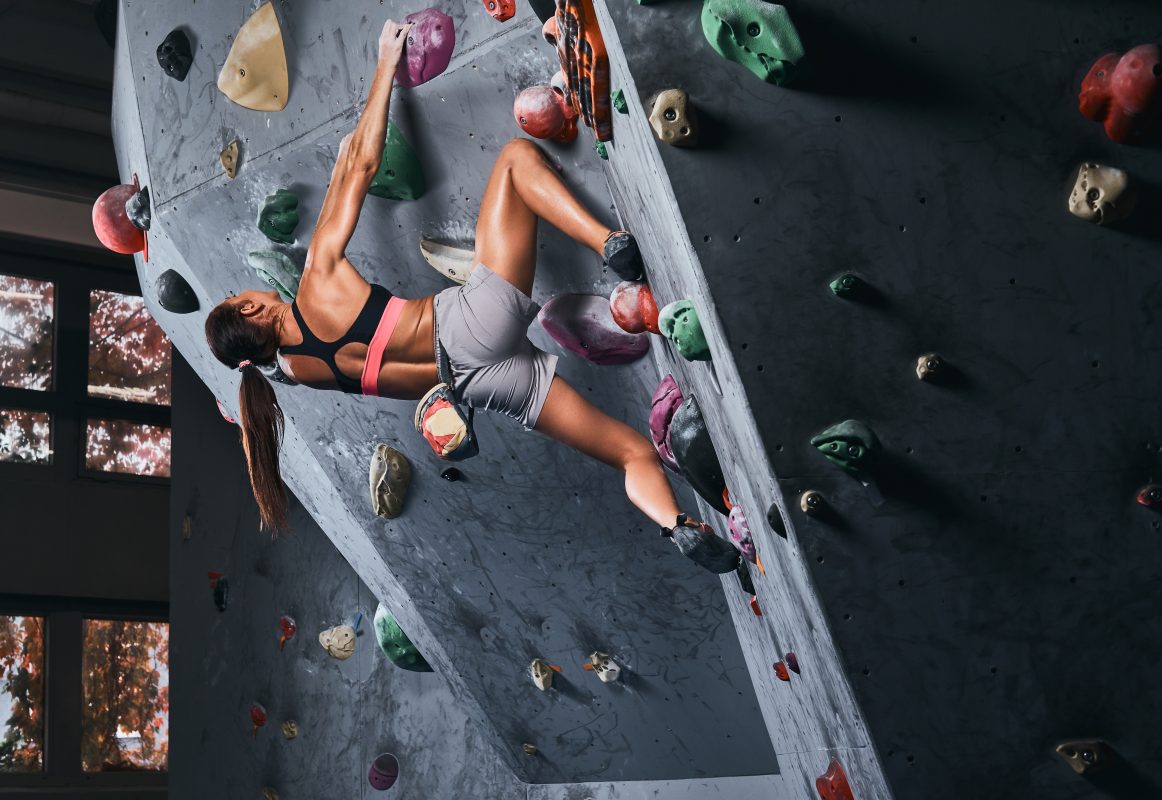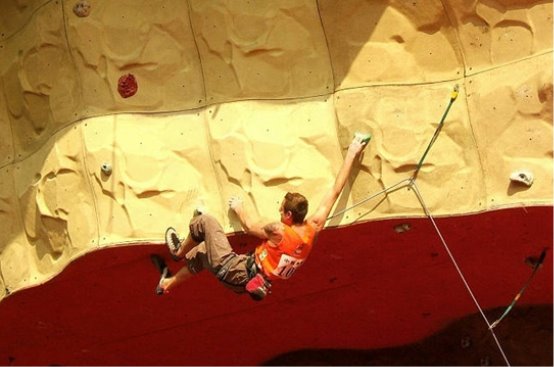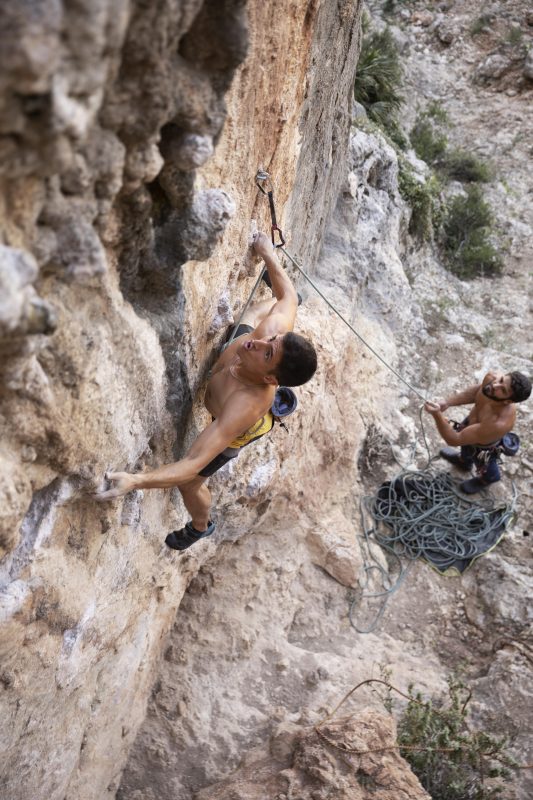Understanding and Measures for Climbing Accidents
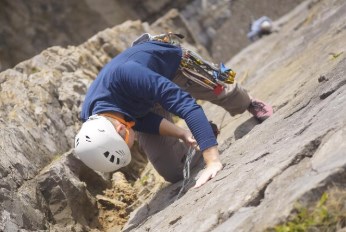
- Regarding Bouldering
Bouldering is generally perceived as relatively safe, yet it accounts for the highest number of accidents.
The reasons for this are as follows:
1. Misconception.
Because boulder problems are generally low to the ground, people assume there is little or no danger.
This is not actually the case. Due to the often dynamic and exaggerated movements involved in bouldering, landing positions can be unpredictable and difficult to control. Furthermore, a climber’s attention is often still focused on the preceding move at the moment of falling, leading to unplanned landings. Consequently, the risk of injury is significant.
2. Poor Self-Protection Skills.
Self-protection during falls is critically important in bouldering. Effective self-protection includes:
- Immediately shifting focus to landing technique upon falling.
- Adopting the correct landing position.
- Utilizing the body’s natural mechanics to actively absorb the impact optimally.
- The ideal landing sequence and impact absorption involve landing feet first, then allowing the knees, hips, and back to bend sequentially, distributing the force through the buttocks, back, and shoulders.
CRITICAL REMINDER: NEVER attempt to break your fall with your hands.
Strong Recommendation: Practice dedicated, specific falling drills. This type of practice will significantly reduce the chance of injury while bouldering.
3. Uncertain or Inadequate Landing Conditions.
Boulder field features and crash pad setups vary greatly. Hazards from the landing zone include:
- Crash Pad Setup: The position, size, thickness, and firmness of crash pads require careful consideration. If multiple pads are used, gaps between them are extremely hazardous; ensure a seamless connection.
- Height: The higher the problem, the greater the risk.
- Holds: Both artificial and natural holds can break or spin unexpectedly, potentially causing injury to the climber.
- Regarding Lead Climbing
Lead climbing frequently involves taking falls (“lead falls” or “whippers”), placing higher demands on equipment performance, proper equipment use, and belay technique.
In traditional climbing (“trad”), understanding the route, having a solid climbing plan, and the lead climber’s overall competence are even more crucial.
From the cases cited above, causes of such accidents include:
1. Insufficient understanding of the route’s characteristics, such as line and direction, rockfall potential, and obstacles below the climb.
2. Inadequate belay technique, particularly poor impact absorption (“soft catches”).
3. Substandard equipment quality, e.g., using homemade pitons or uncertified ropes.
4. Incorrect equipment usage, e.g., improperly fastened harness buckles, using unfamiliar belay devices incorrectly.
5. Violation of safety protocols, e.g., climbing under the influence of alcohol, climbing at night without proper preparation.
- Regarding Top-Rope Climbing
Top-rope climbing is generally very safe. However, accidents occur primarily due to severely flawed belay methods:
- Use of expired or out-of-life equipment.
- Selection of inappropriate equipment and reliance on unsafe compensatory methods.
